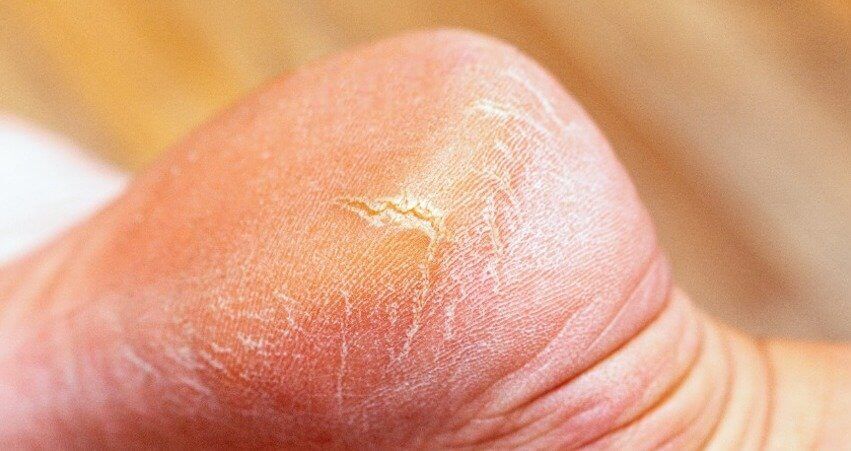
While during the summertime, open shoes and skin exposed to the elements can make for dry cracked heels, winter and the colder months are the main causes behind the condition at the end of the year. This condition occur when the skin loses its moisture, causing it to dry out and crack. To combat winter dryness be sure to keep a loofah in the shower to exfoliate the skin, always moisturize to keep the skin smooth, and consider wearing gel socks to keep your heels soft. Unfortunately, dry cracked heels can become painful if left untreated.
Dry cracked heels are unappealing and make it harder for you walk around in sandals. Not only do they look bad, but they can also tear stockings, socks, and wear out your shoes. The good news is that there are several methods to help restore a cracked heel and prevent further damage.
But, how do you get them? Dehydrated skin is the number one culprit in creating cracked heels. Many athletes, walkers, joggers, and even swimmers suffer from cracked heels. Age and skin oil production also play a role in getting cracked heels as well.
Over the counter medicines can help, especially for those who need instant relief or who suffer from chronic dry feet.
If you have any questions about how to avoid this issue, contact one of the best podiatrists in Southfield. We offer the newest diagnostic and treatment technologies for all your foot care needs.
©Copyright 2025 Foot Healthcare Associates.
©Copyright 2025 Foot Healthcare Associates.